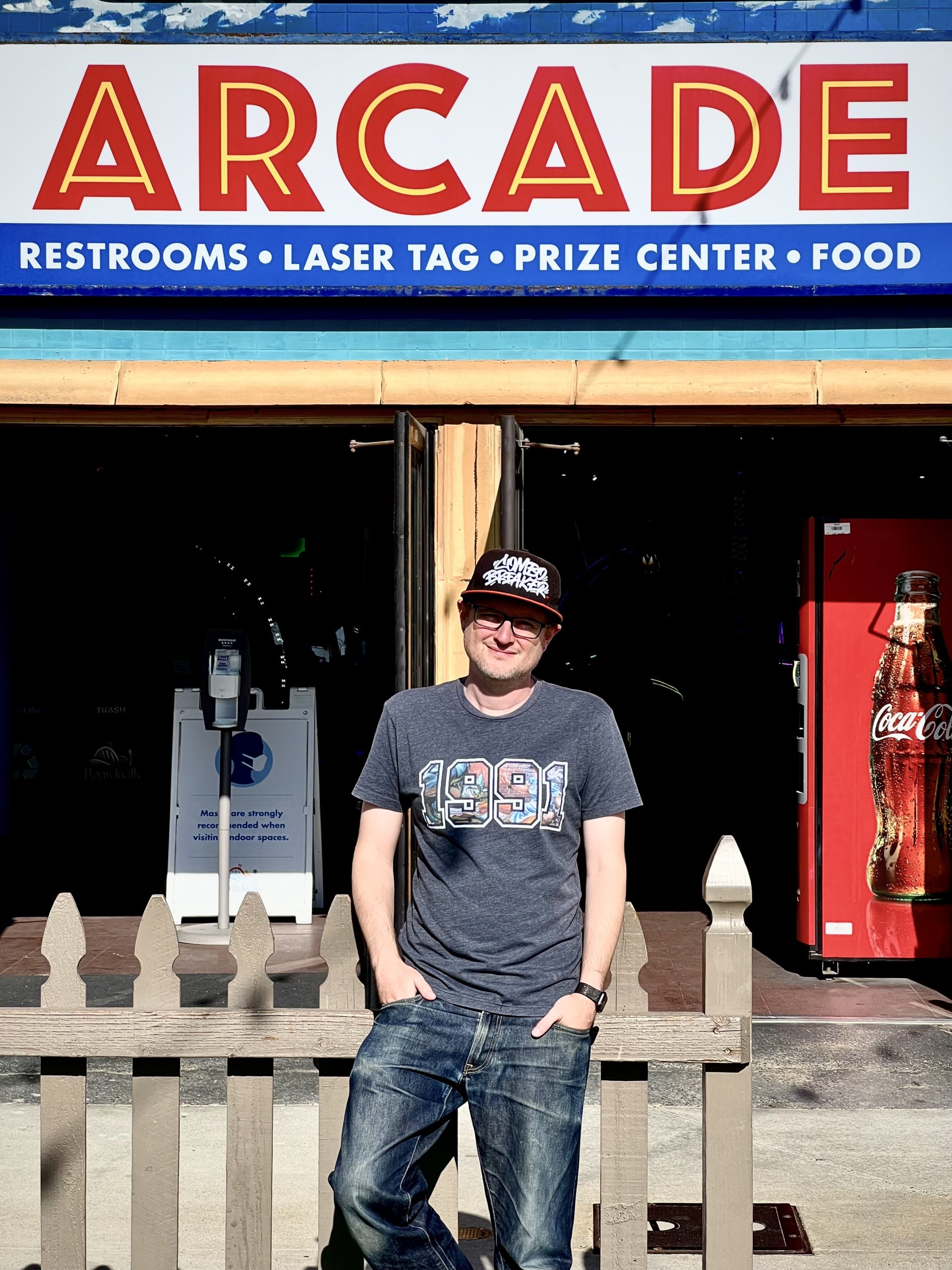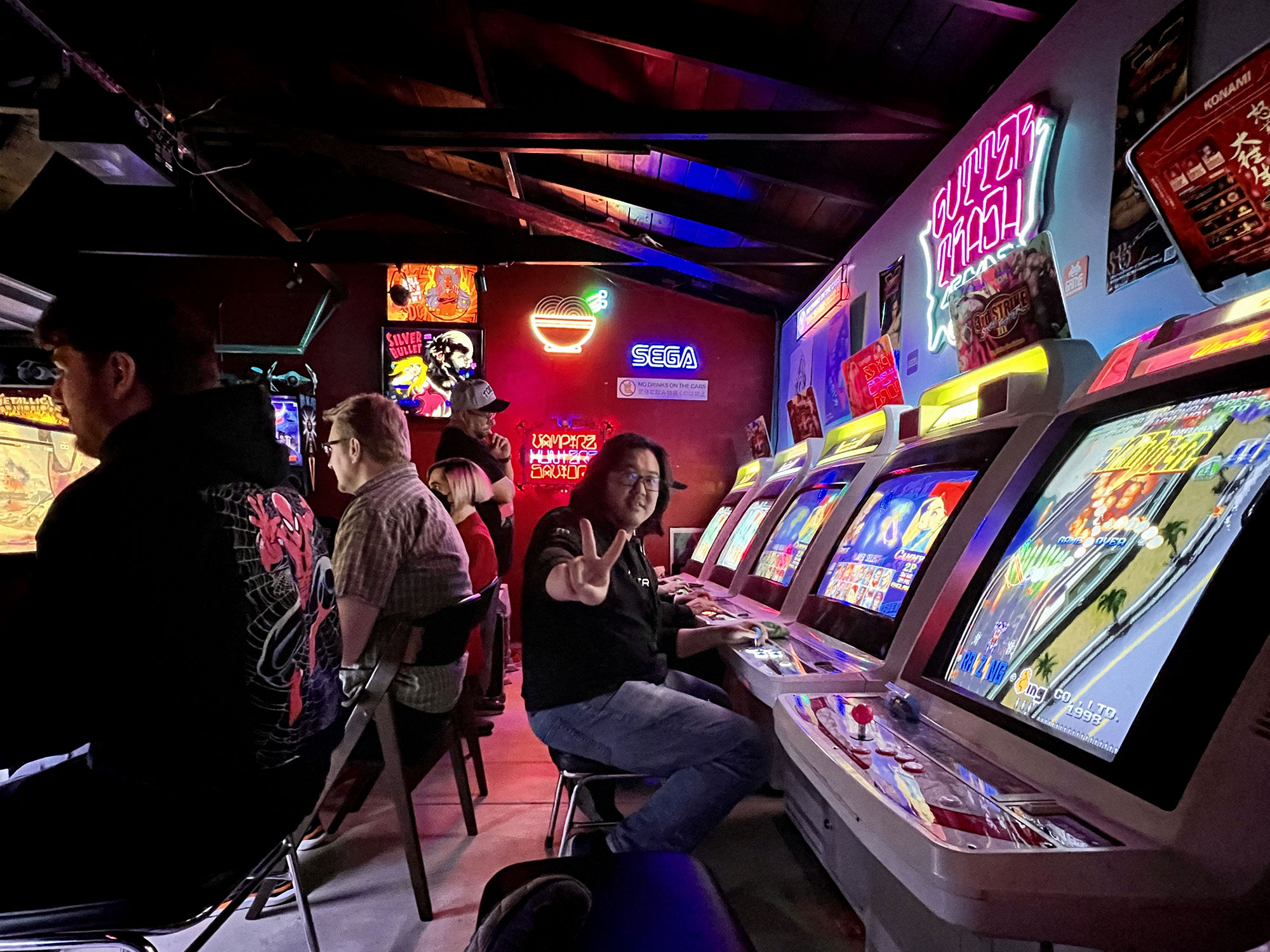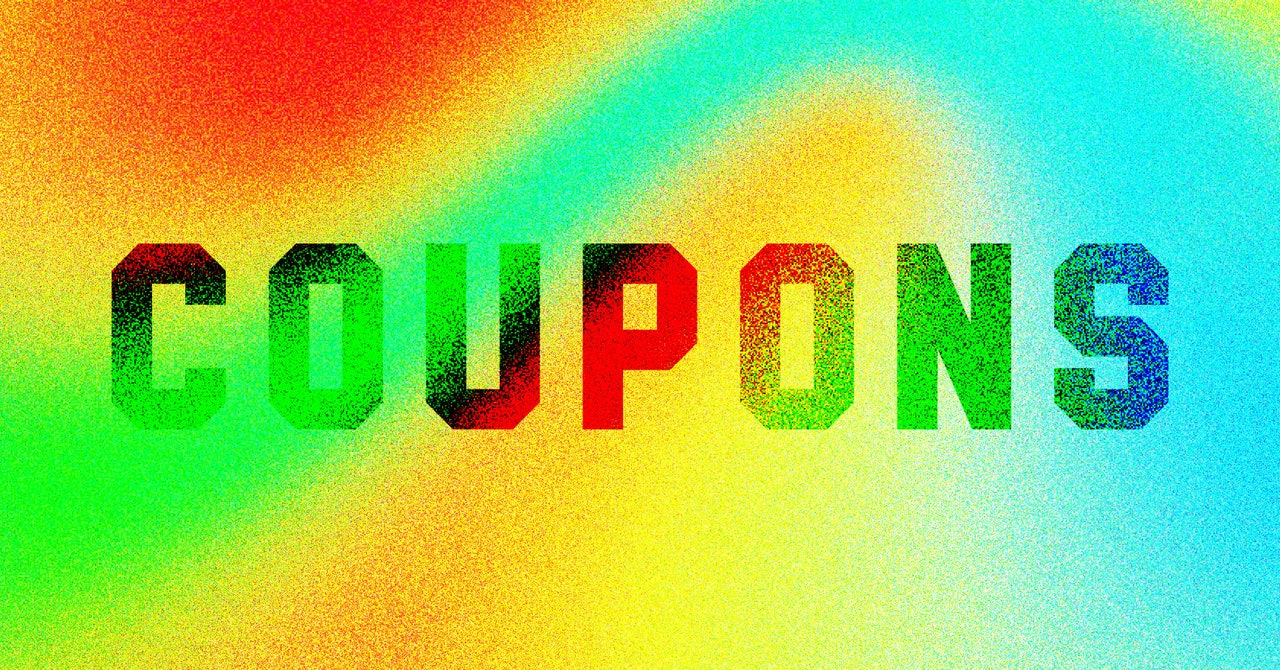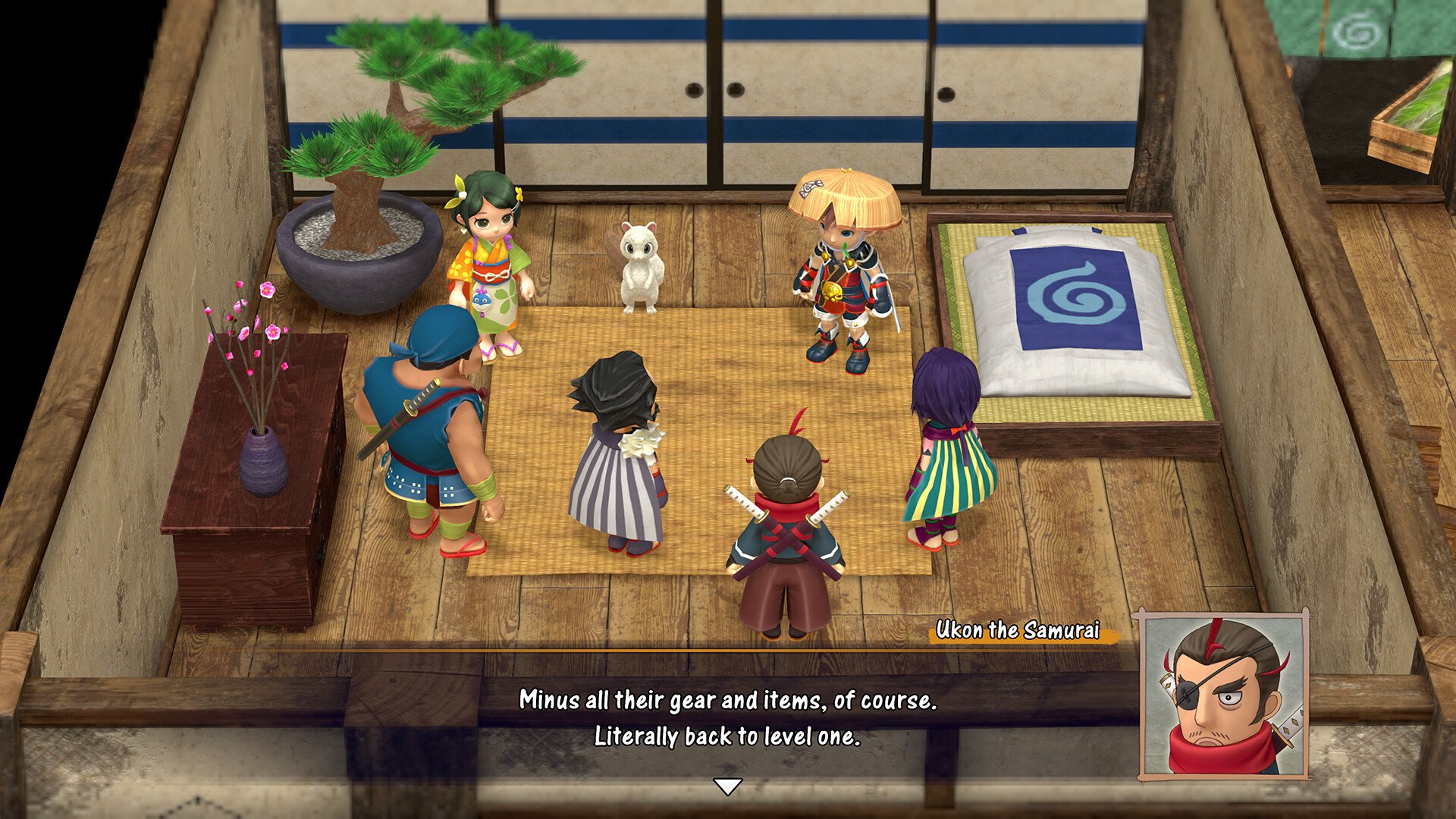Aurich Lawson
I’ve had an emotional connection with Street Fighter since I was 13 years old.
It was early March 1991, and my friend and I were celebrating his 14th birthday in Santa Cruz, California, spending as much of our weekend at the boardwalk arcade as possible. His mom handed us each a $20 bill for the change machine, and we were determined to stretch our quarters as far as we could.
Scrolling brawlers like Teenage Mutant Ninja Turtles and Final Fight were our favorite games. We also loved squaring off in what I consider the first true fighting game, the buttonless, Robotron-style, twin-joysticked Karate Champ.
When we came across a Street Fighter II: The World Warrior cab sitting in the middle of the arcade, we stopped dead in our tracks. Everything about it, from the six buttons per player to the large dynamic sprites and backgrounds, felt larger than life to our teenage brains.
While we were standing there, mesmerized and a little intimidated by the machine, the floor manager came by with some guests. He turned to his guests and said, “We just got this game in. I think it’s going to be big”. Uh, yeah.
Street Fighter II was a phenomenon. That lone game in the middle of arcade floors would multiply into rows, with lines stretching behind each one, people waiting to put their quarter on the glass to “get next.” It seemed like everyone was playing it, and when the home console ports hit (we were SNES players), that felt even more true.
Over time, the hype faded. I left for college, got married, started a family and a career, and lost touch with the friends I used to play with. Arcades mostly died or became shells of their former selves. But I never lost my love for Street Fighter, even if my time with it was mostly dabbling in MAME.

The author, circa 2022, in front of the arcade where he first played Street Fighter in 1991. Not quite the same, but it’s still standing!
Kerianne Lawson
Nearly two decades after losing that strong connection with fighting games, I rekindled my interest. I picked up Street Fighter 4, and I then became a somewhat-serious Street Fighter 5 player. I was playing online, locally with friends, and starting to occasionally travel to compete.
I sold most of my pinball machines (once an arcade rat, always an arcade rat) and started collecting Japanese “candy cabinet” arcade machines. I now have four Sega Astro Cities, two Taito Vewlixes, a Konami Windy, and a Neo Candy 29, mostly dedicated to fighting games. I started playing the titles I missed out on during my time away, like Street Fighter III: Third Strike. My friends and I still play our preferred flavor of Street Fighter II, too, Super Turbo (or as we call it, ST).

Longtime fighting game competitor, commentator, and now an in-game voice in Street Fighter 6 James Chen flashes the peace sign in my garage in 2023.
Aurich Lawson
The sixth time’s the charm
As I’ve grown older, I find that I like sharing my hobbies as much as I take pleasure in them myself. Fighting games aren’t just fun to play and watch; they’re part of a vibrant and diverse community. I want more people to enjoy them.
They also have a reputation for being more complicated now than in the Street Fighter II days—they can be very intimidating and hard to learn. Nobody wants to buy a new game and feel like the only thing to do is hop online and get destroyed by someone who’s been playing for years.
Enter Street Fighter 6.









